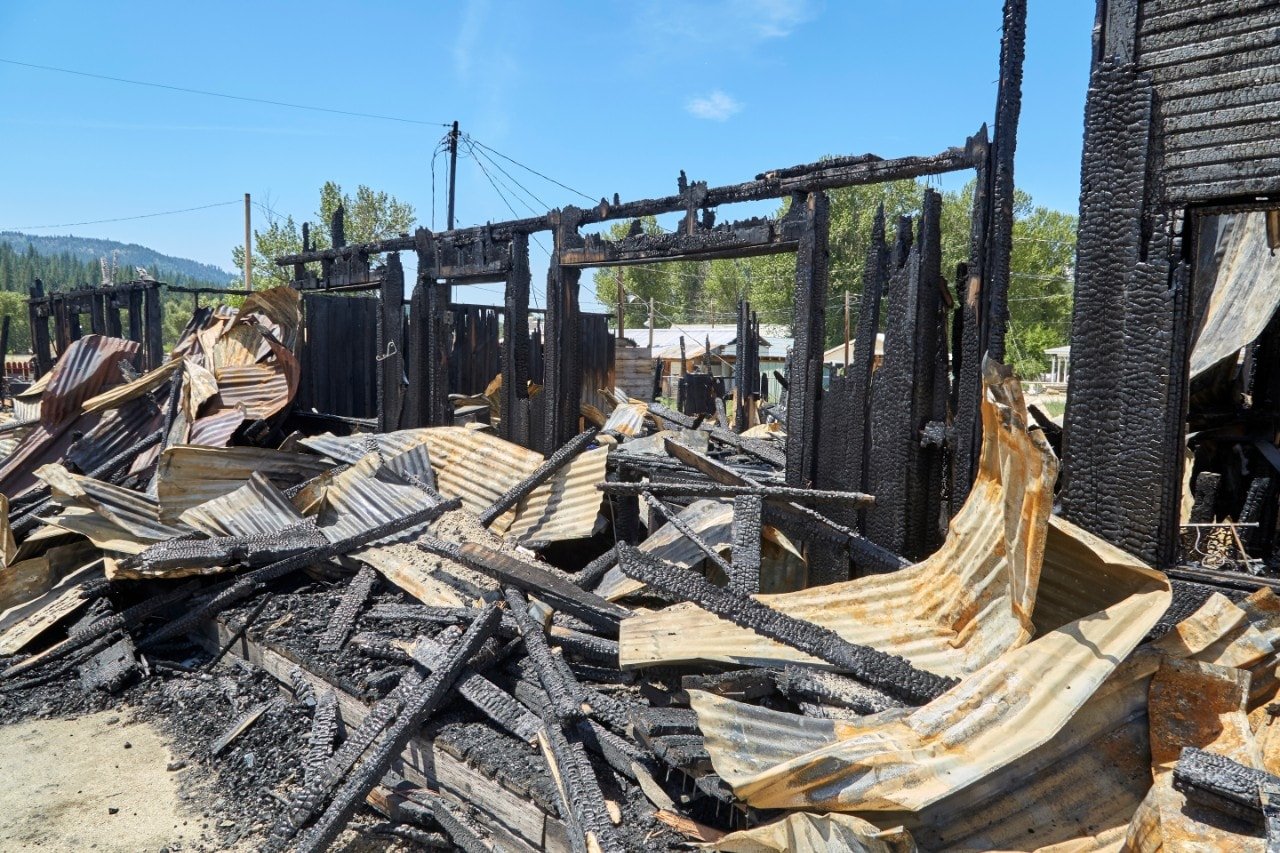One of the primary damages pursued in business litigation cases is lost profits damages. To recover these damages, the plaintiff must demonstrate how the defendant’s actions directly caused those losses. Then, with causation proven, those damages must be quantified considering a complex set of variables. Both parties usually hire experts to complete the complex damage calculations to assess lost profits accurately. The Knowles Group has over thirty years of experience providing economic damage calculation, business valuation, and expert witness testimony in business litigation cases for plaintiffs and defendants as forensic economic experts.
What are Lost Profits?
In commercial agreements, the company owners distribute profits based on predetermined ownership percentages. Lost profits occur when the net profits of the plaintiff suffer due to damages such as breach of contract, intellectual property infringement, or another wrongful act. However, these damages are not calculated using cut-and-dry equations. Experts must consider various factors to reach an accurate figure, including historical sales, competition and barriers to entry, economic conditions, inflation, seasonality, etc.
Types of Lost Profits Damages
Experts must determine two major types of damages in business litigation cases: general damages and consequential/special damages.
General Damages
General damages include money the defending party agreed to pay under a contractual agreement. A claim for general economic damages exists when the plaintiff seeks the money they would have profited from the established contract. For a plaintiff to pursue lost profits as general damages, there must be a “stable foundation for a reasonable estimate,” meaning the plaintiff must provide proof of estimated earnings upon which the jury must base their judgment.
Consequential / Special Damages
Generally, consequential damages (or special damages) that lead to lost profits occur when a breach of contract interferes with the damaged party’s ability to generate profits on collateral transactions that would have been possible if the contract had been honored. Lost profits can only be recovered as consequential or special damages when they are proven, with reasonable certainty, as a direct result of the breach and do not result from other intervening factors.
Components to Consider in Lost Profit Damages Calculation
Calculating lost profit damages is significantly complex due to the number of variables surrounding a business and numerous components within the company. Some of the major components that influence lost profit calculations include:
Loss Period
The loss period is the time during which the claimed economic damages occurred. The beginning of the loss period is usually no earlier than the date of the damaging event. In contrast, the end of the loss period varies depending on the nature of the case.
Net Lost Profits
Net profit is the amount of money a business earns after paying expenses, interest, and taxes. Net profit, not gross revenue, is used to calculate lost profits damages.
Avoided Costs
Avoided costs are the expenses (most likely variable) associated with the damages the business could avoid. An example would be reduced utility costs resulting from a business closure due to property damages.
Mitigated Losses
Economic experts will consider any potential efforts the affected business could have made to mitigate those losses and factor them into the calculations. Courts regard mitigating losses as the damaged party’s duty and expect them to do everything possible to reduce losses despite the damages caused.
Expected Growth
Future lost revenues depend on the expected growth rate of a company. When determining the value of lost profits, it’s essential to use an accurate growth rate, considering all the reliable factors influencing the growth of a business.
Industry-Specific Comparisons
Experts use industry-specific comparisons to demonstrate the reasonable nature of lost profit calculations. Comparing the data of a damaged company to a similar business in the same industry can serve to support or refute the alleged damages claimed.
3 Methods of Calculating Lost Profits Damages with Reasonable Certainty
When determining lost profits damages, economic experts use three generally accepted methodologies. The method an expert forensic uses depends on the type of damages, including loss of profits from specific transactions, loss of goodwill or reputation, or outright destruction.
1) Before & After Method
Using the “Before & After” method, experts demonstrate the plaintiff’s profits before the damaging event compared with earnings after the event to show the economic loss incurred. This method operates on the underlying theory that “but for” the damaging event, the business would have experienced income levels similar to historical profits had the event never occurred.
For the “Before & After” method to work, the plaintiff must have a history of profits before the damaging event. This method would not work in a case involving a new business. Additionally, the expert must investigate extrinsic factors unrelated to the alleged damages that could have harmed profits, affecting economic conditions.
Example
A twenty-five-year-old car manufacturer suffered a breach of contract with a supplier who provided a critical engine part required for the vehicles to function. The part cannot be delivered for three months, causing the manufacturer to shut down production and lose profits from delayed new car sales and increased costs due to staffing issues. As a result, the damaged company suffers a significant loss of revenue. The damaged company hires an economic expert to prove those damages using the “Before and after” method during the trial.
The expert compiles a two-line chart using the manufacturer’s historical data. One line is the actual profits received, demonstrating a steep profit drop during the loss period. The second line uses historical sales and growth data to verify the manufacturer’s assumed profits “but for” the breach. This line shows a steady increase in profit during the loss period had the damage never occurred. The expert then determines the lost profits calculation using the difference between the two lines during the same time period and supports these calculations with industry growth standards and the testimony of an expert consultant.
2) Yardstick/Benchmark Method
Using the “Yardstick” or “Benchmark” Method, economic experts compare the experience of the damaged business to a “yardstick” or “benchmark” business that the expert can reasonably compare to the damaged business. This method demonstrates that because a similar company has recorded revenue predictions comparable to those of the damaged business, it’s reasonable to assume they could have achieved those levels of profit, but for the damaging event and barring the presence of any external obstacles. Examples of different “yardsticks” used to estimate the damages incurred during the loss period include:
- The revenue trends of a similar business
- A separate, undamaged location of the same organization
- Budget projections of the damaged business compared to industry averages
The Yardstick/Benchmark Method is best for cases with insufficient historical data to develop a “Before and after” model. Experts will also use aspects of this method when the plaintiff does have historical data but expected future profits to vary from those trends if it weren’t for the alleged harm. The critical component to success using the “Yardstick” or “Benchmark” Method is that the yardstick company is reasonably comparable to the damaged business while adjusting the data to account for differences between the two companies.
Example
A restaurant franchise is seeking lost profits from a contracted electrician. They claim that a fire in a new location was due to faulty electrical work completed by the contractor. The fire burned down the building, and the restaurant cannot operate for at least a year. Insurance will cover the equipment but not the lost profits from operating the restaurant. The damages pursued by the franchise are significant, and several variables other than the contractor’s electrical work could have caused the fire.
The defending party hires an economic expert to audit the alleged lost profits. Because this is a new location, the expert compared the alleged lost profits to the profits of other locations owned by the franchise. They find the claimed lost profits are significantly higher than the earnings of different locations. Additionally, testimony from the electrical inspector who reviewed the contractor’s work supports the defendant’s claims of having completed the job correctly. These calculations and testimony are critical factors in the defending contractor winning the case.
3) Statistical Forecasting / Regression
The Statistical Forecasting and Regression Analysis Method inputs data and assumptions collected using the “Before and after” and the “Yardstick” Method into a predictive modeling tool to yield predicted lost revenue calculations. When working with such a tool, economic experts will use data sets such as historical revenues, revenues of a yardstick company, and other sales metrics as critical predictors for future lost revenues. Then, during the trial, experts will support these choices with expert witness testimony of industry experts and professional consultants.
The Statistical Forecasting and Regression Analysis Method is excellent when considering various simultaneous external factors, but the data’s complexity can be challenging to explain in easily understandable language. Experienced forensic accounting experts will understand how to present this kind of data intuitively for a judge and jury to understand.
Example
Following the not-guilty verdict of the restaurant franchise vs. contractor case, the contractor counter-sues the franchise for lost profits due to harm to the contractor’s reputation. The contractor was taken off recurring contracts that he’s had for ten years and was passed over when bidding on new jobs, leaving him in a position where he’s unable to find work. During the countersuit, the contractor’s legal team hired an economic expert to calculate the lost profits incurred by the contractor during the loss period while he was defending against the franchise’s accusations.
The economic expert conducts the “Before and after” and “Yardstick” methods using historical data and comparisons with other yardstick electrical contractors. The expert then enters this data into their predictive modeling tool to demonstrate the lost profits suffered by the contractor due to the damage to their reputation. This data and the economic calculations proving the illegitimacy of the franchise’s original lost profit claims play a vital role in the contractor winning the countersuit, recovering the economic damages, including lost profit, and improving their reputation.
The Use of Discount Rates when Calculating Lost Profits
Once an economic expert completes the base calculations for lost profits, they must apply an appropriate discount rate to the present value calculations to determine the final value of lost profits. Discount rates are necessary because there is always a risk that the plaintiff might not achieve the forecasted profits. Economic experts will consider various risk factors to determine this rate, including market, financial, systematic, company-specific, and general risks. The higher the level of risk, the higher the discount rate, and a higher discount rate will result in less recoverable lost profits.
Hire an Expert Forensic Economics Consulting Firm for Accurate Lost Profits Calculations
If you are facing a business litigation case and require the assistance of a forensic accounting expert to calculate lost profits, The Knowles Group is here to help. Our decades of experience determining economic damages and providing expert witness testimony have taught us to execute complex damage calculations and present them in terms a judge and jury can understand to bolster the strength of your case. Schedule a free consultation today to discuss your case and learn how our services can strengthen it.




